Easter Symbols - Check the Most Important Symbols of Easter
Deeply rooted cultural traditions are passed on from generation to generation for years. Some of them are connected with spiritualism and experiencing particular celebrations - including those approved by the church. It's the same with Easter, which is the most important event for Christians. Are you wondering about the origins of particular Easter symbols and their meanings? Check what you should know about them.
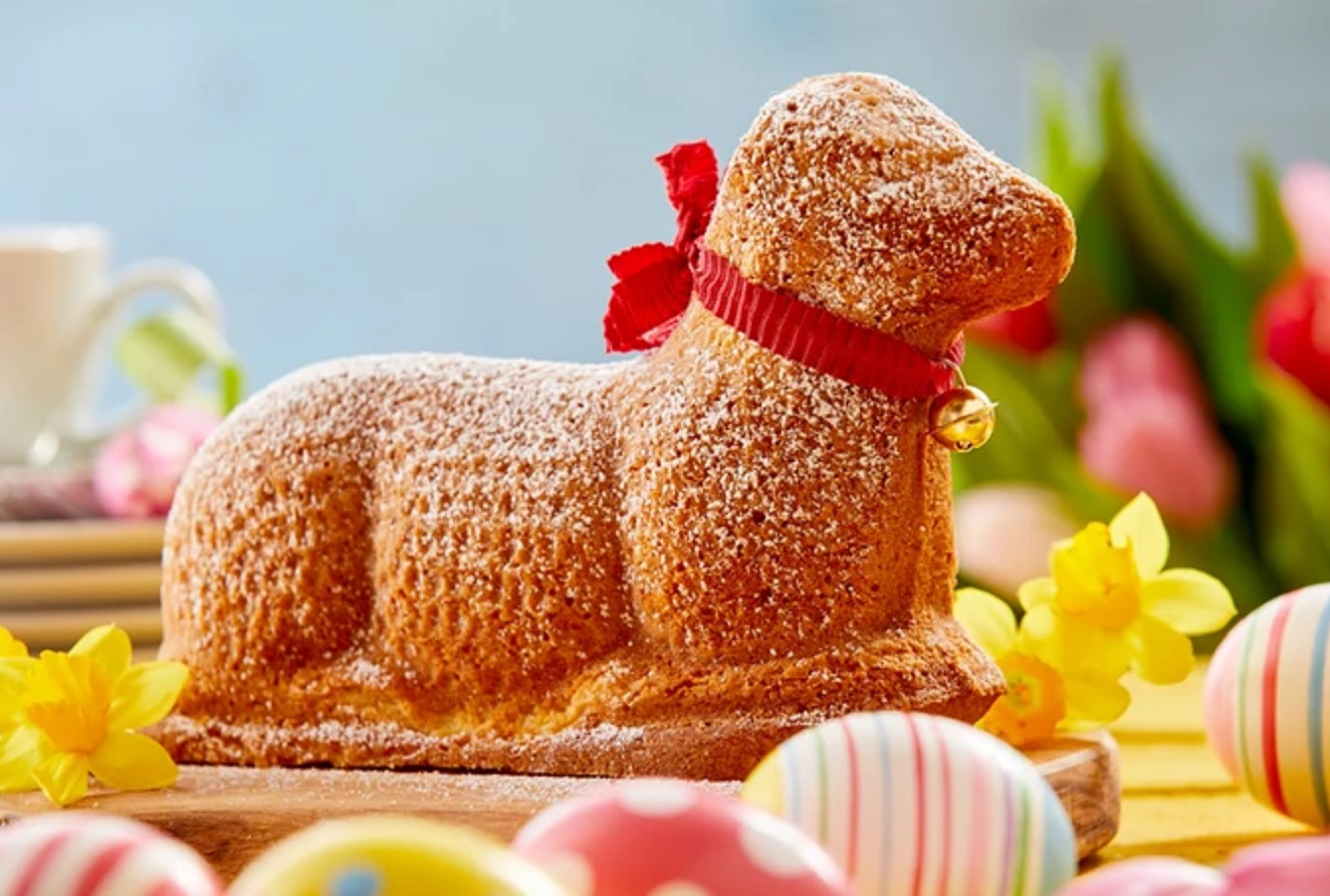
Important religious Easter symbols
Easter is a holiday directly connected to Christian faith, so it’s nothing surprising that Easter symbols refer to certain events from the life of Jesus Christ.
The first symbols appear on Palm Sunday. In many cultures, the faithful bring specially made palms to their local churches. In Poland and Lithuania, they are colorful and often very tall. They symbolize palm branches thrown on the road when Jesus entered Jerusalem. Some believe that blessing a palm and taking it home protects the family members from misfortunes.
A Paschal candle is another important symbol of Easter. It’s a special candle used during all the celebrations connected with Easter. Its symbolism refers directly to light dispersing darkness and the resurrection of Christ.
Other Easter symbols one can find in a church are:
- water - indicates cleansing of sins and a hope for a new life,
- oil - symbolizes blessing and mercy of the Holy Spirit.
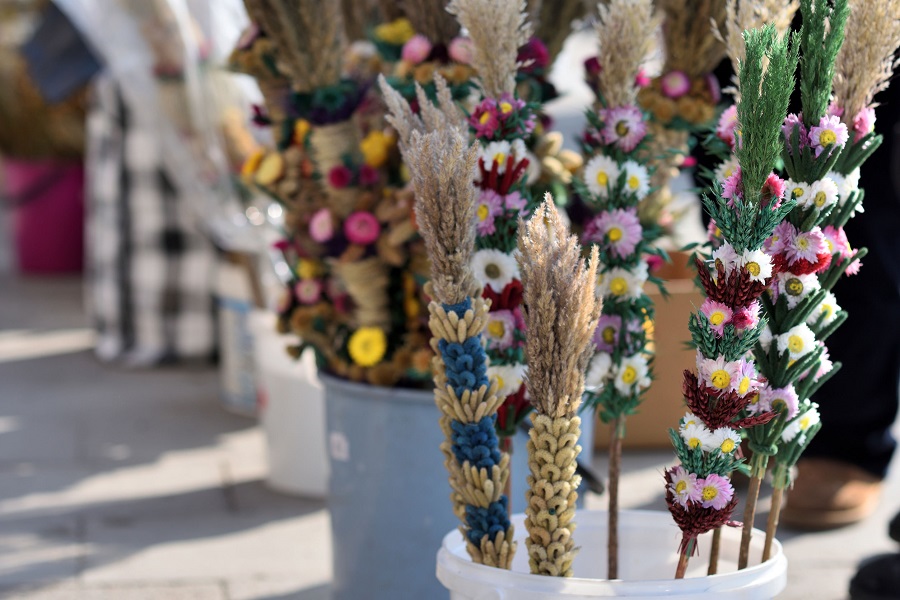
Easter symbols connected with food
An Easter basket and blessing of the food is an essential part of Easter in many cultures, especially in Eastern Europe. As it turns out, food eaten on Easter also carries significant meanings referring to faith. For this reason, many Christians pay a special attention to what they put in their baskets.
Many want to ensure their baskets are made of wicker. It’s particularly important, as the plant symbolizes the ability to be reborn.
The basket must contain a lamb, which symbolizes purity, obedience and Jesus himself, who agreed to redeem the sins of humanity.
Eggs are another symbol of Easter. Interestingly enough, people in some cultures share them while offering best wishes to each other. Eggs symbolize new life and indicate fertility.
There’s a belief that shells from Easter eggs cannot be thrown away like regular waste. They have to be burnt in a furnace.
Bread is an Easter symbol which functions as a reminder of what one needs to live. As some claim, it’s also a reference to the Last Supper, when bread becomes Christ’s body.
Sausage, bacon and other types of cured meat are a proof of wealth and a reminder that things were not always this way. Blessing them in a basket is supposed to provide plenty of such products in the following year.
Find other important Easter symbols below:
- salt - indicates one’s cleansing,
- horseradish - is supposed to provide vitality and health,
- vinegar - a remembrance of the Passion of Christ.
The food one puts in the basket depends on a particular country and its culture. The products are often used for preparation of important Easter dishes consumed on Easter Sunday.
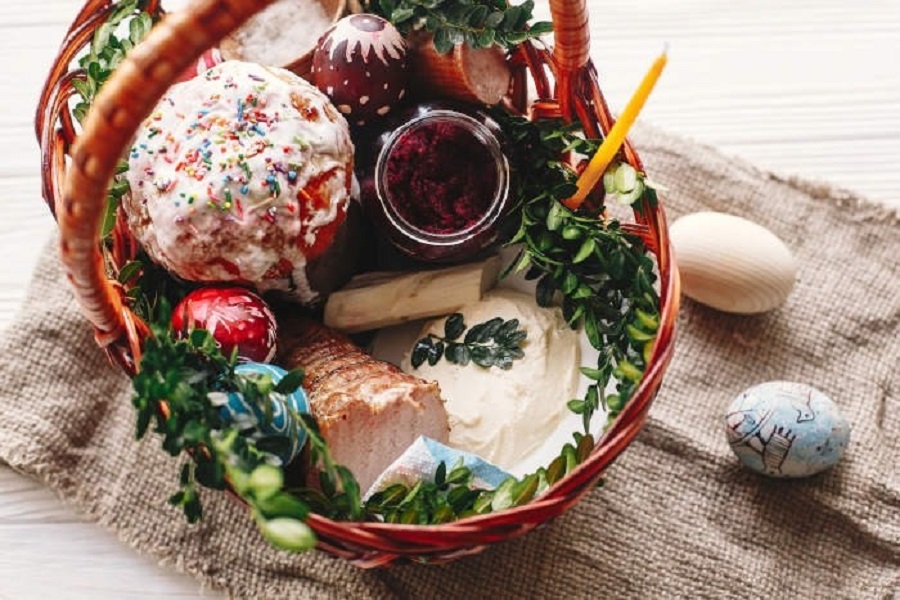
Easter symbols and home decorations
Easter symbols appear not only during religious celebrations, but also as house decor items. They include the following elements:
- green plants, e.g. boxwood - a symbol of rebirth after winter, also hope and eternity,
- a chick - just like an egg, it symbolizes new life and joy it evokes,
- cakes - they point to one’s skills and development.
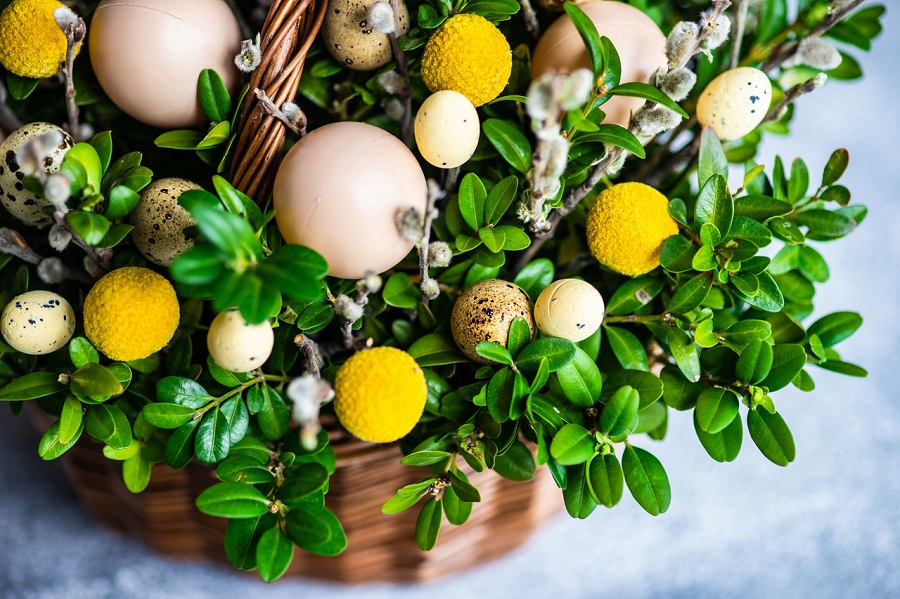
Regional Easter symbols
Easter traditions passed between generations might differ, which depends on the region. In Poland, for instance, each province has slightly different customs, and consequently - Easter symbols.
In some towns and villages, cress, young wheat or even sprouted oats are considered an Easter symbol. Just like other plants - they also symbolize rebirth. They are typically used as a base for a lamb figurine.

What does the Easter bunny have to do with Jesus? A controversial Easter symbol
Many associate Easter with bunnies, and there’s nothing strange about it. It’s a symbol of strength, but also fertility. Some believe it’s also a symbol of incoming spring. Interestingly enough, this Easter symbol has roots in pre-Christian times. For this reason, many people are puzzled about the connection of the Easter bunny with Jesus Christ - and that’s why the topic is controversial.
While it’s difficult to imagine Easter without the characteristic bunny, some churches dismiss this popular Easter symbol.
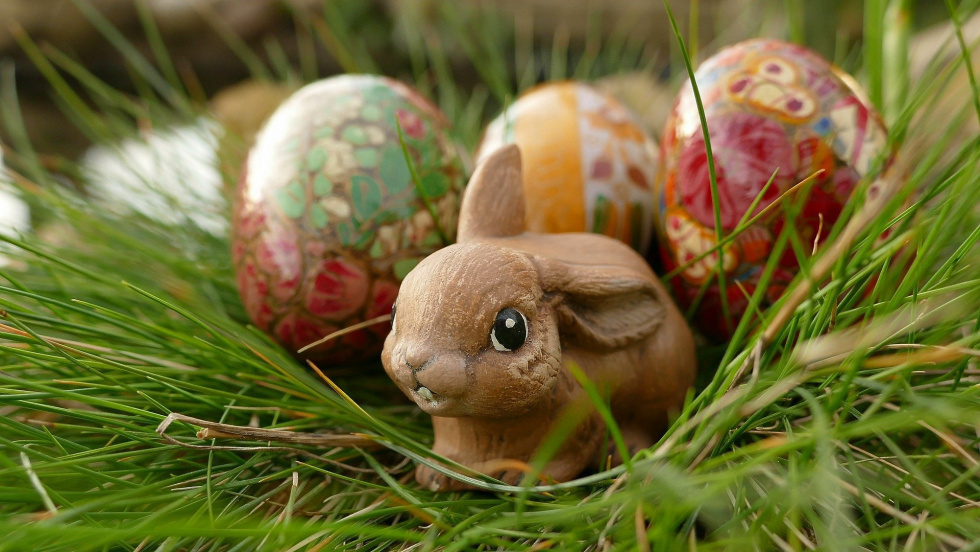
📍 What are popular Easter symbols?
Easter symbols can be divided into those having religious connotations and ones used e.g. as home decorations. They usually depend on a particular church and part of the world. At the same time, elements like Easter eggs, basket, green plants, bunnies, chicks are universal symbols of Easter.
📍 What do Easter symbols mean?
Each Easter symbol means something different - so it's difficult to talk about a general, universal symbolism. Many of them refer to particular events from the life of Jesus Christ. Some have their roots in pre-Christian times - for instance, the Easter bunny.
Featured articles




